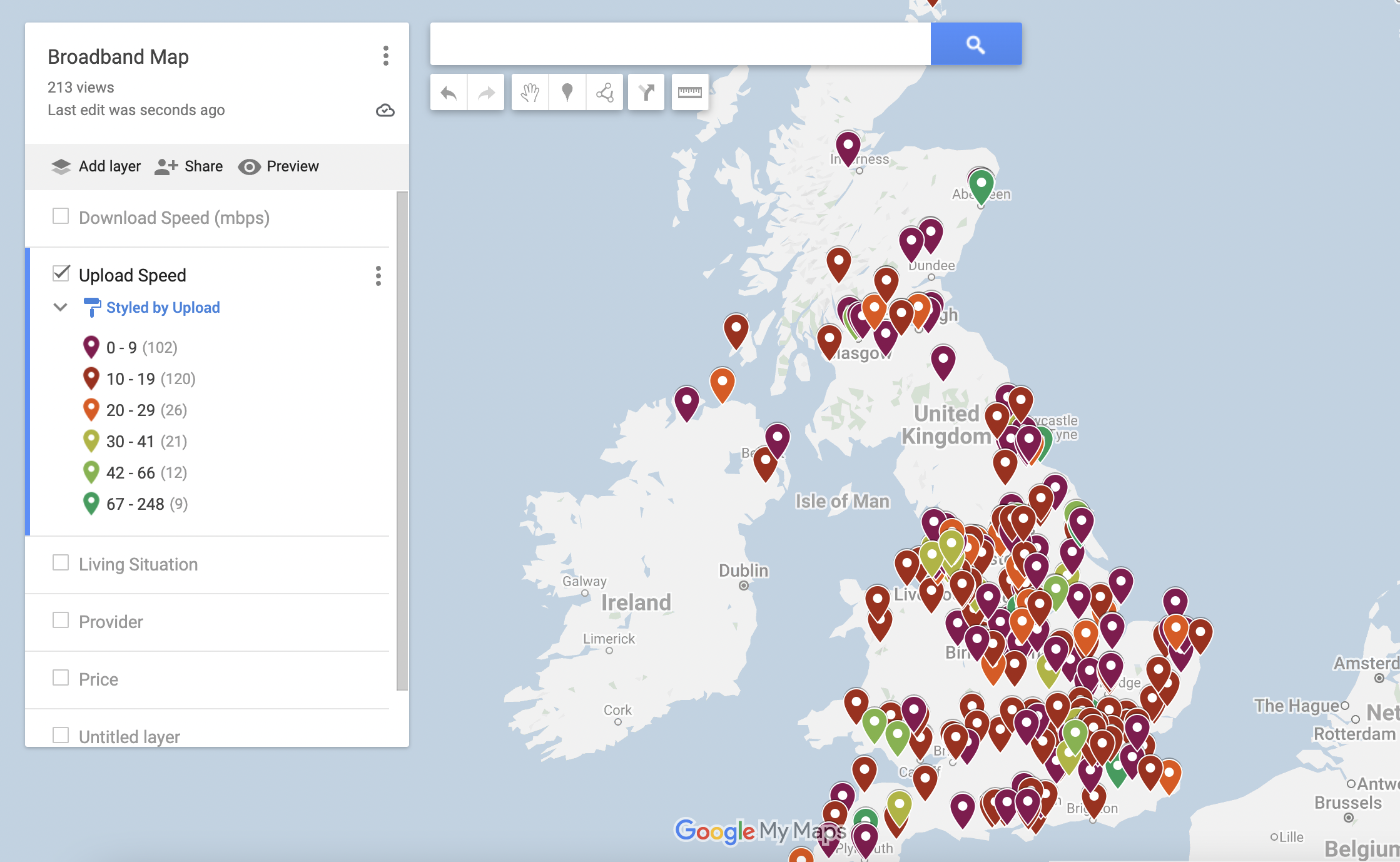
Data analysis: an introduction
Data analysis: an introduction https://www.citizenme.com/wp-content/uploads/2018/03/Data-Analysis.png 600 442 Beth Hepple Beth Hepple https://secure.gravatar.com/avatar/8f7fce6d2c6864aa79cc3244d05191f6?s=96&d=mm&r=gYou may have sent out a really successful survey and received a ton of responses, but are a bit of a novice when it comes to data analysis. We’re here to help! This is a really basic overview of how to understand data from a quantitative market research study.
Descriptive statistics
At the point of reviewing your results you should have already defined the audience you are researching. The data you have collected will tell you (within certain confidence intervals and margins of error), how your population thinks or behaves.
Audience: UK adults aged 16+
Agree or disagree: ‘VR (Virtual Reality) is drawing people away from the real world even more than phones and computers.’
| Counts | Percentages | |
| Total | 469 | 100% |
| Disagree strongly | 31 | 7% |
| Disagree a little | 61 | 13% |
| Neither agree nor disagree | 122 | 26% |
| Agree a little | 170 | 36% |
| Agree strongly | 85 | 18% |
The data in the table above shows both the counts and the percentages for each response. Most people stated they ‘agree a little’ with the statement: ‘VR (Virtual Reality) is drawing people away from the real world even more than phones and computers.’
There were 170 respondents out of 469 that selected this answer. (170/469)*100 = 36.25%
Looking for relationships in data
Once we’ve understood the overall picture, we’ll want to start looking for differences and relationships in the data. In the table below we are looking at the differences between males and females. We can see that a greater proportion of males agree with the statement than females who are more likely to ‘sit on the fence’.
| All UK | Male | Female | |
| Total | 469 | 262 | 207 |
| Disagree strongly | 7% | 8% | 4% |
| Disagree a little | 13% | 13% | 14% |
| Neither agree nor disagree | 26% | 23% | 30% |
| Agree a little | 36% | 36% | 37% |
| Agree strongly | 18% | 21% | 15% |
Whether these differences are big enough to be significant needs to be tested. Significance tests can be used to understand if the result would be the same if the study were to be repeated.
Using filters in your data analysis
Now we know that males are more likely to agree with the statement, we might want to explore this demographic group a bit further. In the table below we have filtered the data by males. We can then add a different comparison variable (aka crosstab) like age.
Looking at the data below it is males over the age of 35 that are most likely to agree with the statement, further increasing your understanding of the views of different demographic groups of people.
| All Males | 35 or under | Over 35 | |
| Total | 262 | 140 | 122 |
| Disagree strongly | 8% | 11% | 2% |
| Disagree a little | 13% | 14% | 3% |
| Neither agree nor disagree | 23% | 31% | 33% |
| Agree a little | 36% | 28% | 32% |
| Agree strongly | 21% | 16% | 31% |
Using filters and comparison variables together in data analysis is a really powerful way to look deeper into your results to find the most meaningful trends.
Top Tip:
When using comparison variables and filters in your data analysis double check your subgroup totals. In the example above the total number of males over 35 is 122. This is a big enough sample size to have confidence in your results. If the total went below 50 then be very careful drawing conclusions from the data as the percentages become a lot more unstable.
- Posted In:
- How to






Leave a Reply